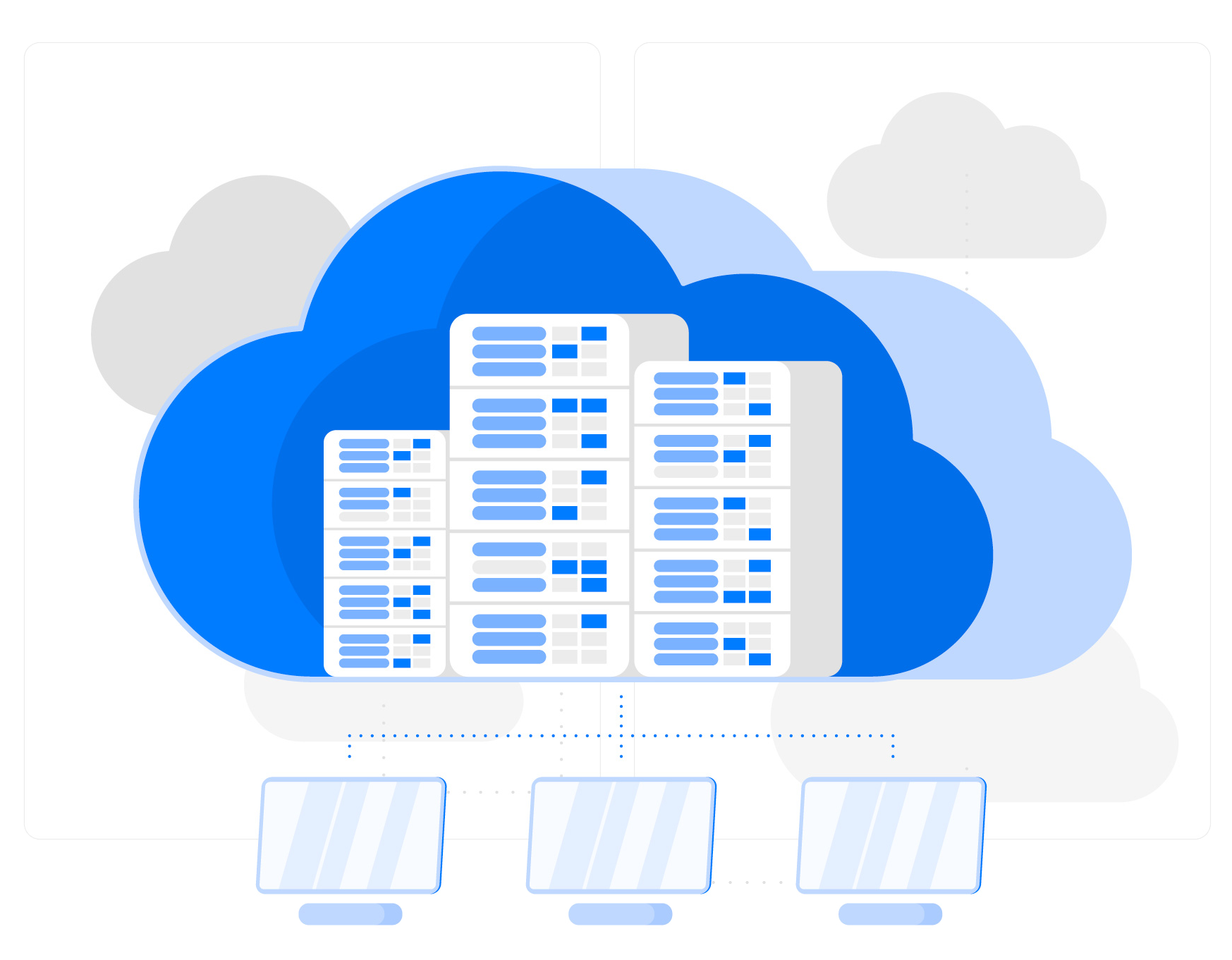Key Goals of Cloudify’s SecOps:
- Protect cloud resources (servers, storage, networks, data).
- Detect and respond to security threats quickly.
- Automate security in fast-moving cloud environments.
- Ensure compliance with security policies and regulations.

Ensure compliance with security policies and regulations.
Cloud Monitoring
Watch for suspicious activity and system issues in real time.
Access Control
Make sure only the right people/systems have access.
Threat Detection & Response
Use tools (like SIEMs) to identify and respond to attacks.
Compliance & Auditing
Ensure security rules are followed (HIPAA, GDPR, etc.).
Automation
Use scripts and tools to apply security at scale and speed.

Why It Matters:
- Cloud environments change rapidly — you need continuous security.
- Traditional IT security isn't enough — cloud needs a new approach.
- A good Cloud SecOps setup helps prevent breaches, reduce downtime, and stay compliant.
Cloudify’s SecOps (Cloud Security Operations Services)
In-Depth Overview
What is Cloud SecOps?
Cloud SecOps is the practice of integrating security operations into cloud environments. It combines the principles of DevOps (agile operations) and SecOps (security operations) to provide a proactive, automated, and scalable approach to securing cloud workloads, infrastructure, and data. Think of it as the security layer that ensures everything in the cloud runs securely, efficiently, and in compliance.
Goals of Cloud SecOps
- Visibility: Gain real-time insight into all cloud assets and activities.
- Threat Prevention: Block attacks before they affect cloud workloads.
- Rapid Response: Quickly detect and respond to threats and misconfigurations.
- Compliance Ensure: All systems meet legal, regulatory, and industry standards.
- Collaboration: Bridge the gap between security teams, developers, and operations.
Key Components of Cloud SecOps
- Cloud Security Posture Management (CSPM): Continuously evaluates your cloud environment for misconfigurations and risks.
- Security Information and Event Management (SIEM): Collects and analyzes logs for threat detection and compliance.
- Identity and Access Management (IAM): Controls who can access what resources and at what level.
- Workload Protection (CWPP): Protects VMs, containers, serverless functions, etc., from runtime threats.
- Data Loss Prevention (DLP): Monitors and protects sensitive data from unauthorized access or leaks.
- Automated Remediation: Uses scripts or playbooks to fix security issues without manual intervention.
How Cloud SecOps Differs from Traditional Security Ops
| Traditional | Cloud SecOps |
| Static infrastructure | Dynamic, scalable environments |
| Manual response | Automated response workflows |
| Perimeter-based security | Zero trust, identity-based access |
| Siloed teams | Integrated DevSecOps model |
| Limited scalability | Highly scalable with APIs and automation |
Who’s Involved? (Cloud SecOps Roles)
- Cloud Security Engineer: Designs and implements cloud security architecture.
- Security Operations Center (SOC): Analyst – Monitors alerts and investigates incidents.
- DevOps Engineer: Works with security to embed protections into CI/CD pipelines.
- Compliance Manager: Ensures all operations meet standards like ISO, GDPR, HIPAA.
- Cloud Architect: Designs secure, scalable, and resilient infrastructure.
Core Technologies & Tools
| Category | Examples |
| CSPM | Prisma Cloud, Wiz, Orca Security, AWS Security Hub |
| SIEM | Splunk, Azure Sentinel, IBM QRadar |
| CWPP | CrowdStrike, Trend Micro, SentinelOne |
| DLP | Microsoft Purview, Symantec DLP |
| IaC | Scanning Checkov, Terraform Sentinel |
Best Practices for Cloud SecOps
- Adopt Zero Trust Security Model – Never trust, always verify.
- Implement Least Privilege Access – Only give access that’s absolutely necessary.
- Use Infrastructure as Code (IaC) – And scan it for misconfigurations and vulnerabilities.
- Continuously Monitor Logs and Events – Use SIEM or cloud-native tools.
- Automate Response and Remediation – For faster containment and lower human error.
- Secure DevOps Pipelines (DevSecOps) – Embed security checks into CI/CD.
- Encrypt Data in Transit and at Rest – Especially sensitive or regulated data.
- Regularly Audit and Pen Test Cloud Resources – Simulate attacks to find weaknesses.
Benefits of a Strong Cloud SecOps Program
- Faster threat detection and response
- Improved compliance and audit readiness
- Enhanced cloud visibility
- Reduced human error via automation
- Better collaboration across security, dev, and ops teams
- Scalability and agility aligned with cloud-native principles
Challenges in Cloud SecOps
| Challenge | Example |
| Shadow IT | Unapproved cloud apps being used |
| Misconfigurations | Open S3 buckets, exposed APIs |
| Skills Gap | Need for specialized cloud security skills |
| Alert Fatigue | Too many noisy, non-actionable alerts |
| Multi-Cloud Complexity | Securing resources across AWS, Azure, GCP |

Summary
- Cloud SecOps is a modern, integrated approach to cloud security. It ensures that your cloud environments are secure, compliant, and resilient—all while enabling speed and innovation through automation and collaboration. It’s not just about tools—it’s a cultural and operational shift.
